This post contains affiliate links.
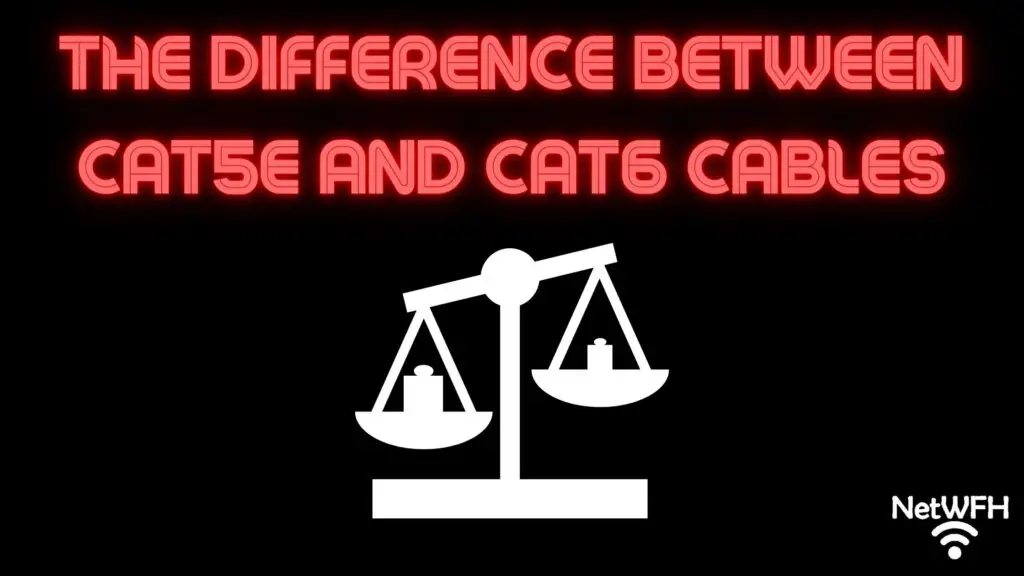
The two most commonly used ethernet cables are cat5e and cat6 cables.
I’ll just about guarantee you’re currently using one of these cables in your home (if not both). I’d even wager that you don’t know which type of cable you’re using.
The key question to ask here is: is this a problem?
To be honest, I’d say probably not (at least in the short term). Most people don’t know what ethernet cables they’re using in their home, yet they still have high speed internet connections that are working just fine.
That doesn’t mean you shouldn’t know the difference between cat5e and cat6 cables. Understanding the different capabilities of these cables will help you set up your network for success in the long run.
So what are the differences between cat5e and cat6 cables? What do I need to know to make the right decisions when buying ethernet cables?
The main difference between cat5e and cat6 cables is the speeds they support. Cat5e cables support speeds up to 1 gigabit per second (Gbps), while cat6 cables can support a maximum speed of 10 Gbps (depending upon the length of cable).
Other differences between cat5e and cat6 cables include:
- The different frequencies they support
- How much they cost
- The way they’re designed
In this post, I’ll detail all the ways that cat5e and cat6 cables are different. I’ll also provide a recommendation about which cable you should be using in your home.
What does cat5e and cat6 mean?
We’ll start at a high level here to make sure we’re on the same page.
Cat5e and cat6 cables are just different types of everyday ethernet cables you use in your home network. For reference, here’s a cat5e and cat6 ethernet cable next to each other.
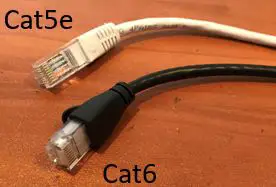
Pretty obvious to tell which one is which, isn’t it?
Not exactly.
When it comes to different types of ethernet cables, they’ll all pretty much look the same. That’s because all ethernet cables are designed to do the same thing. They’re used to allow two devices to communicate with each other.
So if all ethernet cables do the same thing, why do they have different categories of cables?
Why are there categories of cables?
A big reason for the different categories of ethernet cables is due to advancements in technology.
Over time, the speed of computers (and the internet) has grown exponentially. On top of that, more and more devices are getting connected to the internet in this digital age. Everything from heavy machinery in manufacturing plants to refrigerators in our homes are now digitized and connected to the internet.
To support the advancement of computers, as well as the different environments they’re used in, ethernet cables required further development as well. They needed to support faster speeds, and they needed to work in different operating environments.
This led to the development of new categories of ethernet cables.
These ethernet cable categories standardized how ethernet cables were manufactured. As the performance requirements for ethernet cables increased, so did the standards to which they were made. As you’ll find out in the next section, ethernet cables that are made to different standards will meet different specifications.
What’s important for you take away from this is that there are other categories of ethernet cables other than cat5e and cat6 cables. At this day and age, however, cat5e and cat6 cables are used in the vast majority of applications.
You also need to know that you can’t use any category of cable in any situation. If you use the wrong ethernet cable, it can greatly reduce the speed of your network.
What are the differences between cat5e and cat6 cables?
Ok, so cat5e and cat6 cables are made to different specifications. What are the differences between these two specifications?
Let’s take a close look at each of these differences.
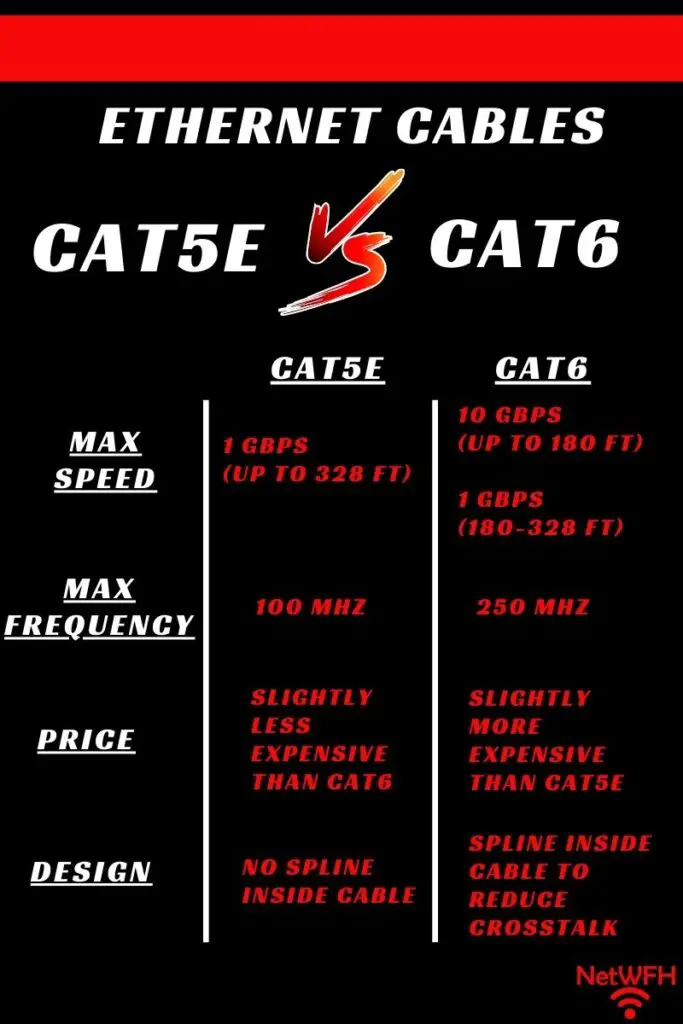
Supported speed
We’ll start with the factor that everyone cares about the most.
Cat5e and cat6 cables support different data transmission speeds.
Cat5e ethernet cables support data transfer speeds up to 1 Gbps. On the other hand, Cat6 cables support speeds up to 10 Gbps.
The catch here is that cat6 cables support speeds up to 10 Gbps if the ethernet cable is less than 180 feet (55 meters) long. If the cable is longer than 180 feet, it’ll support the same speeds as a cat5e cable (1 Gbps).
With that said, most people don’t need cables longer than 180 feet. If you’re using a cat6 cable, it’s probably supporting speeds up to 10 Gbps.
It’s also important to note that for both cat5e and cat6 categories, the cable will stop working properly if it’s more than 328 feet long. If for some reason you need ethernet cables longer than 328 feet, there are a few things you can do to extend the length of your ethernet cables.
Maximum frequency
Another major difference between cat5e and cat6 cables is the maximum frequencies they can support.
This goes hand-in-hand with the different maximum data transmission speeds of the cables.
Cat5e ethernet cables can support a maximum frequency of 100 megahertz (MHz), while cat6 cables can support a frequency of up to 250 MHz.
Ok, a cat6 cable can support a higher frequency than a cat5e cable. What exactly does this mean in terms of cable performance?
When it comes to ethernet cables, frequency is used to measure how quickly a cable can process data.
In simpler terms, it’s just a measure of how fast a cable can send and receive data.
The more data that can be processed in a given period of time, the faster you can move data between the two systems connected to the ethernet cable.
So if a cat6 cable can send and receive data more than twice as fast as a cat5e cable, it’d make sense that it can support faster data transmission speeds as a result.
Frequency is the underlying specification that allows cat6 cables to support faster data transmission speeds than cat5e cables.
Most people are just concerned with the speed the cable can support, but now you know why different cables can support different speeds.
Price
This next difference between cat5e and cat6 cables is more general.
I’m talking about how much these two types of cables cost.
This won’t come as any surprise to you, but cat5e and cat6 cables don’t cost the same amount. Although you should be able to buy both types of cables for under $10, cat6 cables are generally more expensive than cat5e cables.
This makes sense, because cat6 cables are made to higher specifications than cat5e cables are (resulting in the higher supporting frequency and transmission speed).
It should be known that I’m not talking about a big price difference here. If you compare the prices of cat5e and cat6 cables from the same manufacturer, cat6 cables probably won’t cost more than a few dollars more.
Design
The last major difference between cat5e and cat6 cables is in their construction.
Although they look the same on the outside, there’s a big difference inside the cable. Both types of cables have 8 copper wires inside them that are twisted in pairs.
This means that both cables have 4 pairs of twisted wires inside them. For your reference, here’s what the inside of a cat5e cable looks like:
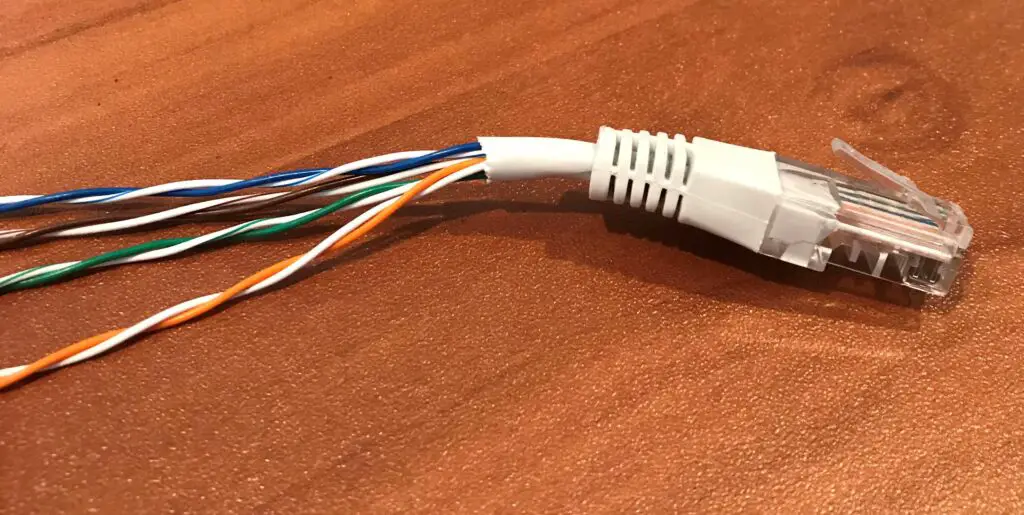
Ok, so how are cat5e and cat6 cables different?
Cat6 cables are different because they have splines in them.
Wait. What exactly is a spline and what’re they used for?
Here’s what a spline looks like inside a cat6 cable:
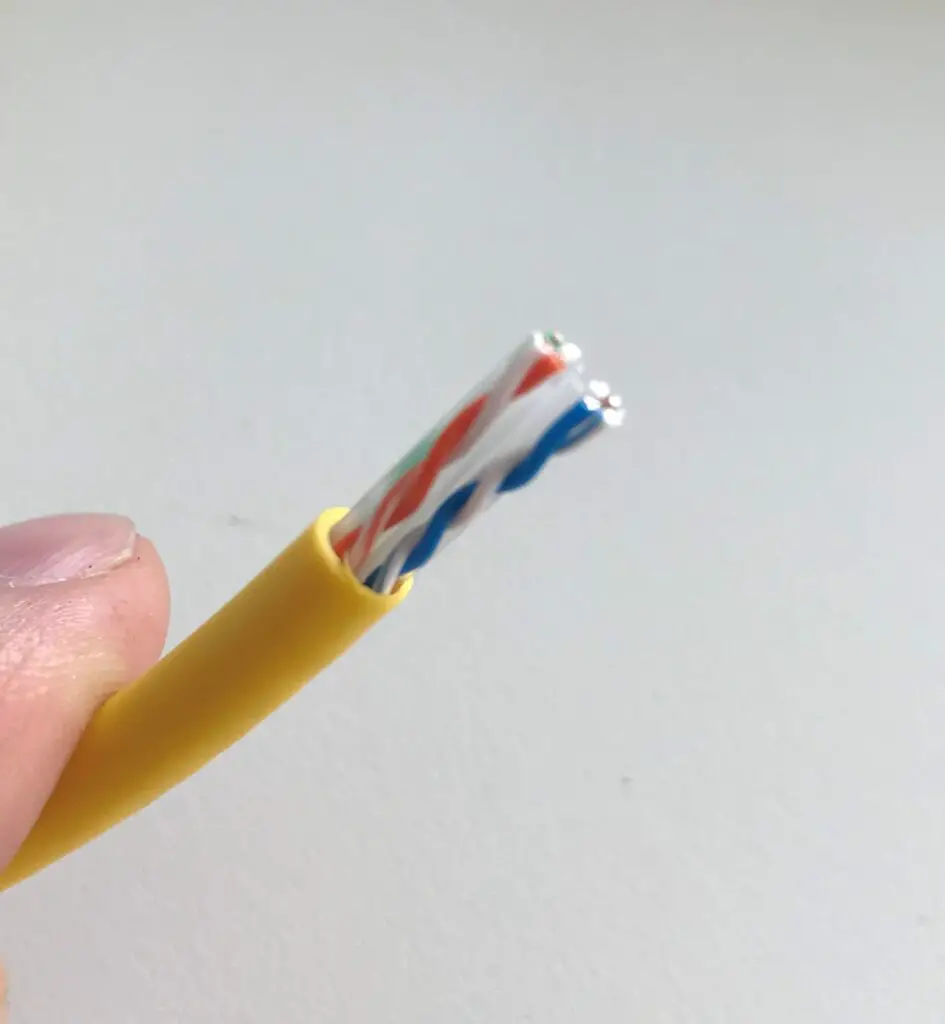
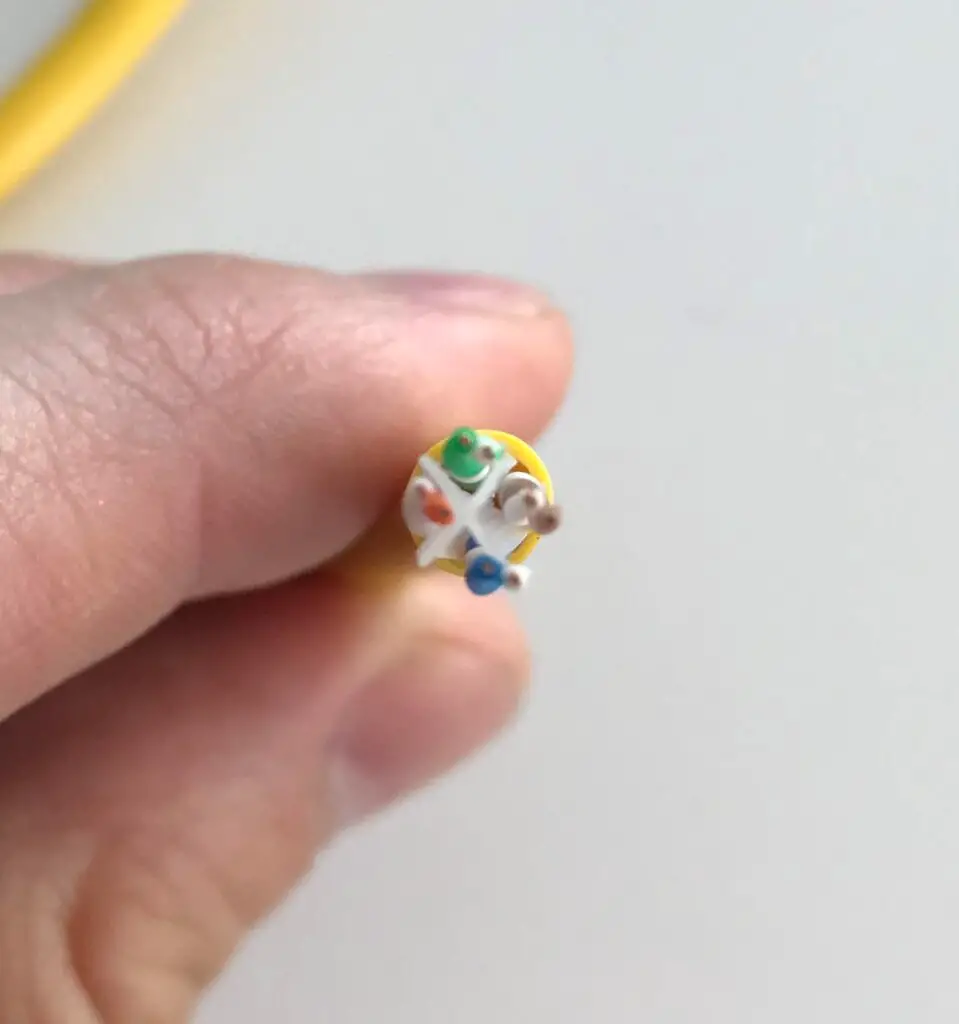
If it’s not obvious, the spline is the plastic piece in the middle of the cable.
Here’s what the spline looks like when it’s removed from the cable:
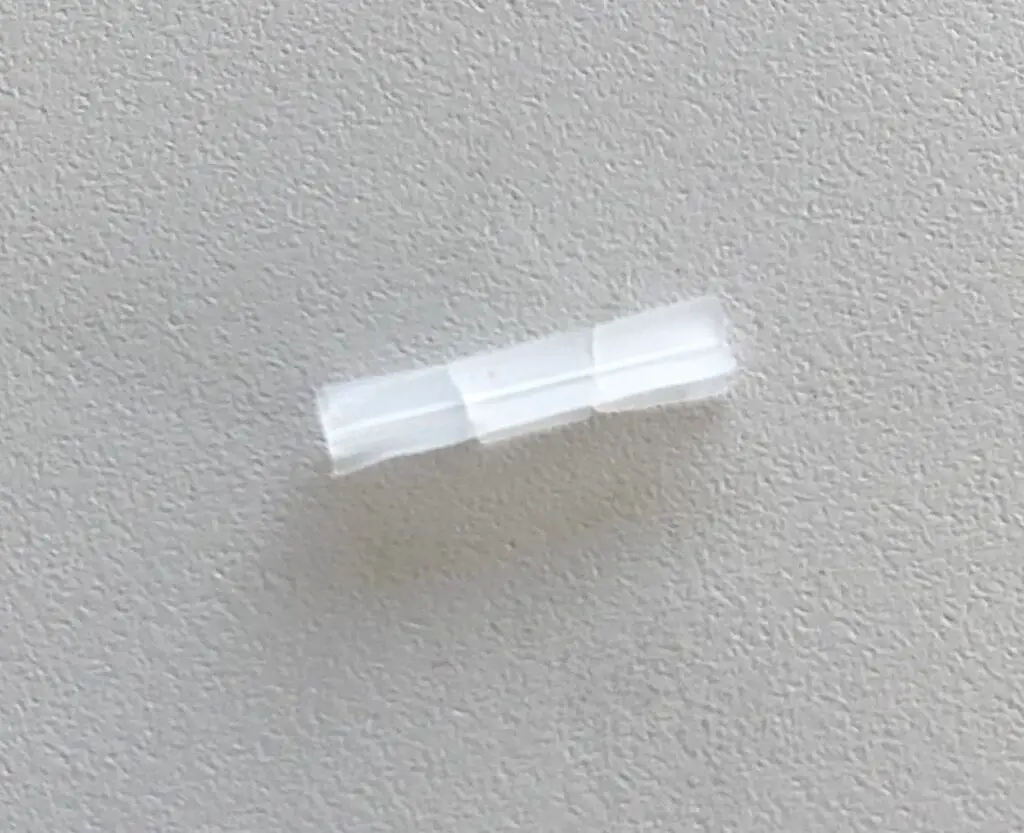
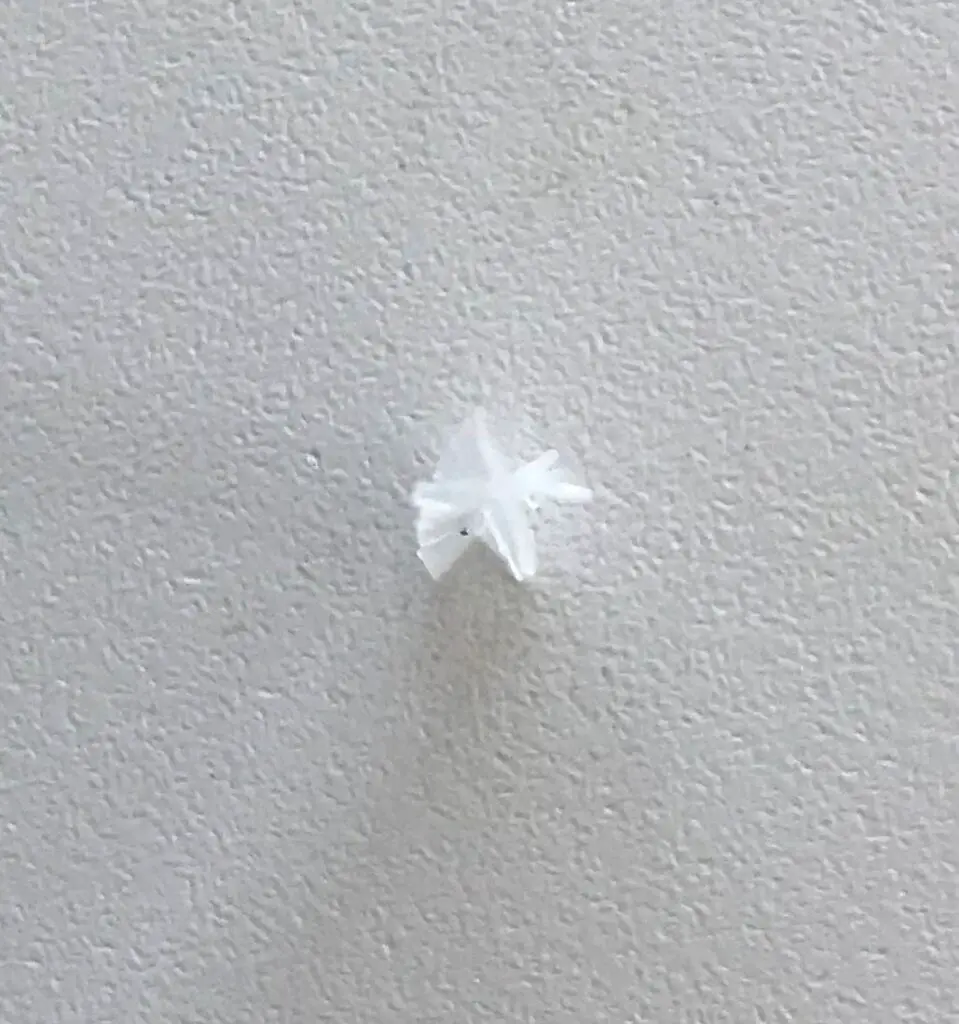
The plastic spline in the cable separates the cable into 4 sections. Each pair of twisted wires inside the cable fits into each section that the spline creates.
The reason cat6 cables are designed this way is because the spline helps eliminate crosstalk.
Splines help eliminate crosstalk
If wires are too close to each other, the signals from one wire can affect the signals in the wires that are close to it. This results in improper transmission of data and a weakened connection between the devices connected to the cable. This is what’s happening when you have crosstalk in an ethernet cable.
In other words, crosstalk is electromagnetic interference (EMI) between wires in an ethernet cable.
The spline is useful here because it provides a barrier against crosstalk. It makes it harder for the electric signals traveling through one pair of wires to affect the other wires near it.
This ensures a strong connection between the devices connected to your cat6 cable.
That’s not the only benefit that a spline provides, however.
Other spline benefits
Not only do splines prevent crosstalk, but they also help by reinforcing your cables.
The piece of plastic inside the cable helps keep its shape, and it also prevents it from stretching out. A more rigid cable will be more resistant to some of the things that can cause a cable to fail.
The one potential downside of having a spline inside the cable is that the spline will make it slightly less flexible than a cat5e cable. This isn’t a minor concern, because cat6 cables are still pretty flexible.
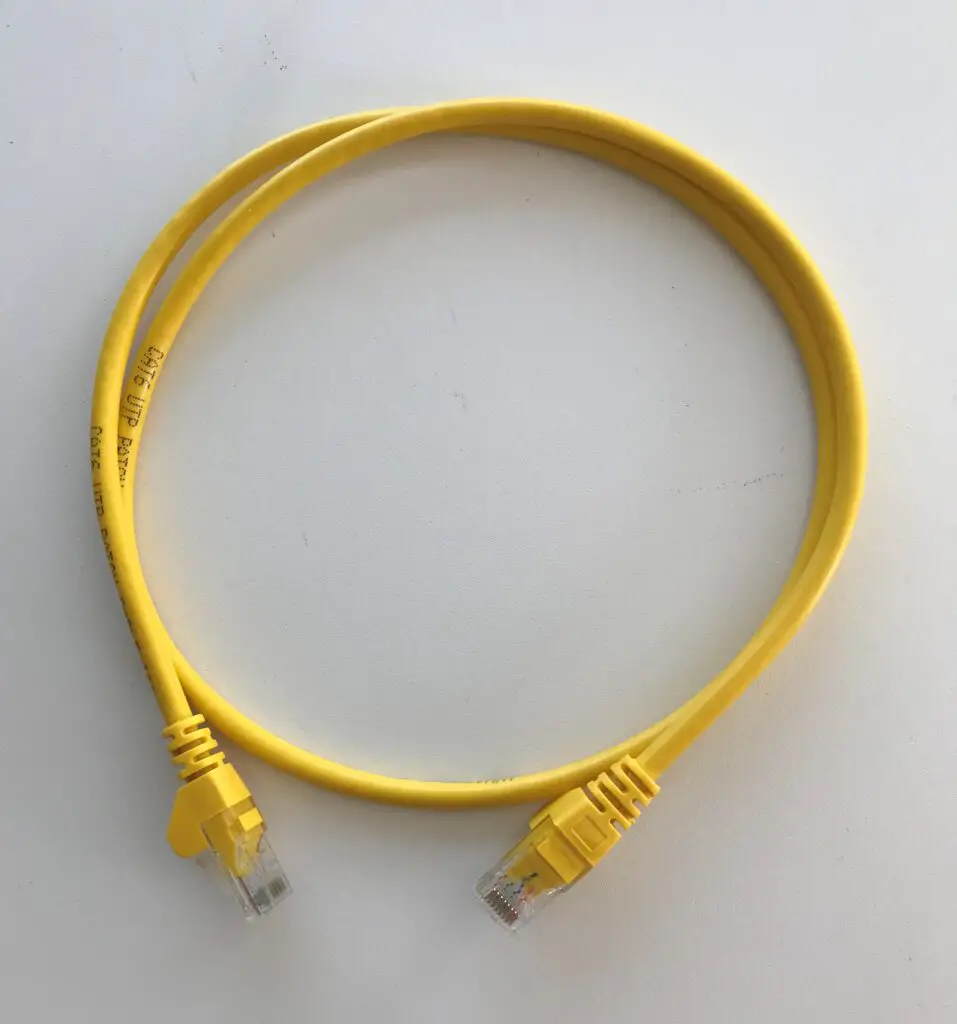
See? It looks pretty flexible to me.
A spline in the cable is well worth the added protection and insurance of better data transfer if you ask me.
Which type of ethernet cable should you buy?
I’ll just come out and say it.
If you’re in the market for some ethernet cables, I suggest you buy cat6 cables instead of cat5e.
There are a few reasons for this.
Cat6 cables can help future-proof your network
At this point, it’s no secret that cat6 (10 Gbps) cables support faster data transmission speeds than cat5e cables (1 Gbps).
With that said, a cat5e cable will most certainly meet the current needs of your network.
I know what you’re thinking. If a cat5e cable will fit the needs of my network, why should I buy a cat6 cable?
The answer is simple. We don’t want an ethernet cable that’ll support our needs today. We want an ethernet cable that’ll support our needs both now and into the future.
This concept is called future-proofing.
I mentioned earlier that internet and data speeds continue to get faster as technology advances. You should expect this trend to continue moving forward.
With data moving faster both to and from your devices, you’ll need to make sure the cables they’re connected with can support it.
By buying cat6 cables, you’re ensuring that you won’t “outgrow” your cables as your devices and internet get faster in the future.
Plus, cat6 cables are only a little more expensive than cat5e cables.
Speaking of cost…
Cat6 don’t cost much more than than cat5 cables
Yes, cat6 cables are generally more expensive than cat5e cables.
The good news is, they don’t cost that much more.
It’s well worth it to spend a little extra money to future-proof your network. After all, it’s better to spend a few extra dollars now and get cat6 cables instead of having to buy all new cables when your cat5e cables need to be replaced.
You may even be able to find cat6 cables that are less expensive than cat5e. One word of caution here is that you’ll want to make sure you get your cables from a manufacturer that has a good reputation.
Especially if you’re buying your cables online.
There are a lot of knockoff cables online that aren’t the best quality. Once again, I’ll stress that spending a little extra for a cable from a well-known manufacturer can go a long way.
Cat6 cables are more durable than cat5e cables
The spline inside cat6 cables has side benefits that can’t be ignored.
Are cat5e cables light and flexible?
Yes they are. They’re also less resistant to abuse.
Cat6 cables, on the other hand, are much more robust.
The spline inside cat6 cables makes them more resistant to failure. This is a nice benefit because I’ve seen how cables can be treated.
To say that ethernet cables aren’t always handled with care is an understatement. The truth is, most people have tripped over an ethernet cable before (or at least their pets have). You want to make sure your cable won’t stop working if this happens.
I know this may sound like a minor detail, but for some people it’s more important than you think. I won’t name any names here.
If spending a few extra bucks gets you a cable that’s better suited to withstand the abuse of your household, it sounds like a good deal to me.
Wrap up
Hopefully by now you’re sold on cat6 cables (pun intended). If you have any questions about cat6 (or cat5e) cables, or you’d like to share how many times you’ve tripped over the ethernet cables in your home, drop a comment below.
For more groundbreaking content, check out these other posts I’ve written on similar topics:
How to Extend an Ethernet Cable
Shielded vs Unshielded Cables: A Full Comparison
